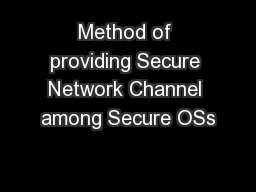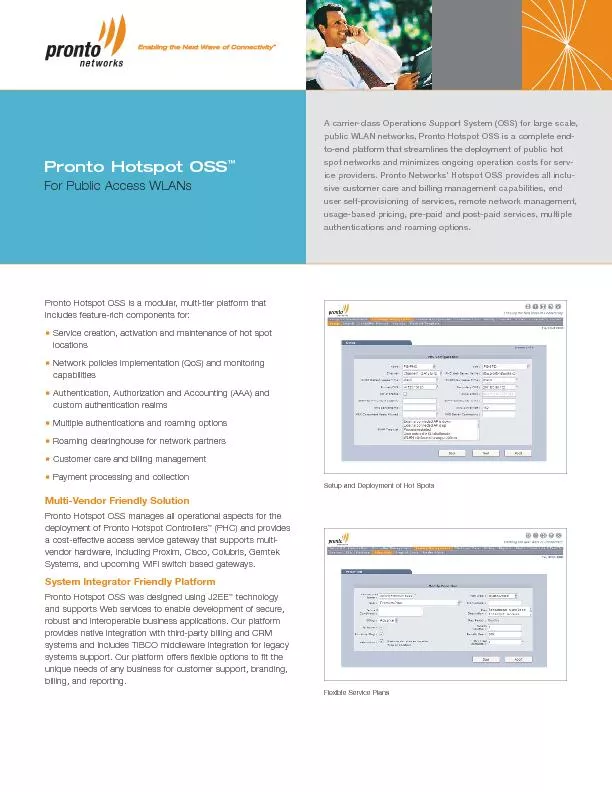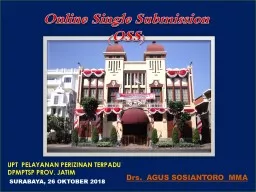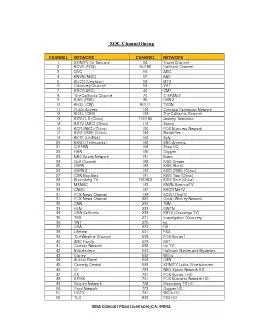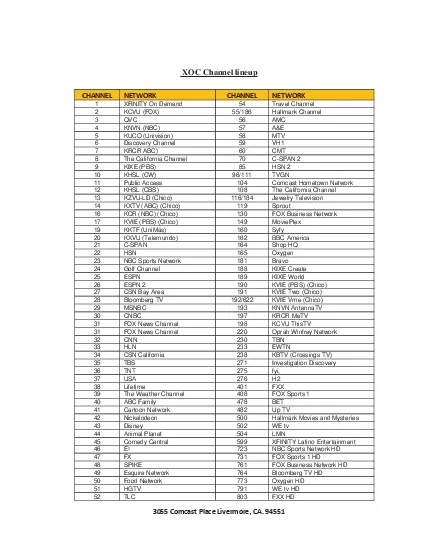PPT-Method of providing Secure Network Channel among Secure OSs
Author : calandra-battersby | Published Date : 2016-07-15
Jae Deok Lim JoonSuk Yu JeongNyeo Kim Electronics and Telecommunications Research InstituteETRI KOREA Method of providing Secure Network Channel among Secure
Presentation Embed Code
Download Presentation
Download Presentation The PPT/PDF document "Method of providing Secure Network Chann..." is the property of its rightful owner. Permission is granted to download and print the materials on this website for personal, non-commercial use only, and to display it on your personal computer provided you do not modify the materials and that you retain all copyright notices contained in the materials. By downloading content from our website, you accept the terms of this agreement.
Method of providing Secure Network Channel among Secure OSs: Transcript
Download Rules Of Document
"Method of providing Secure Network Channel among Secure OSs"The content belongs to its owner. You may download and print it for personal use, without modification, and keep all copyright notices. By downloading, you agree to these terms.
Related Documents

